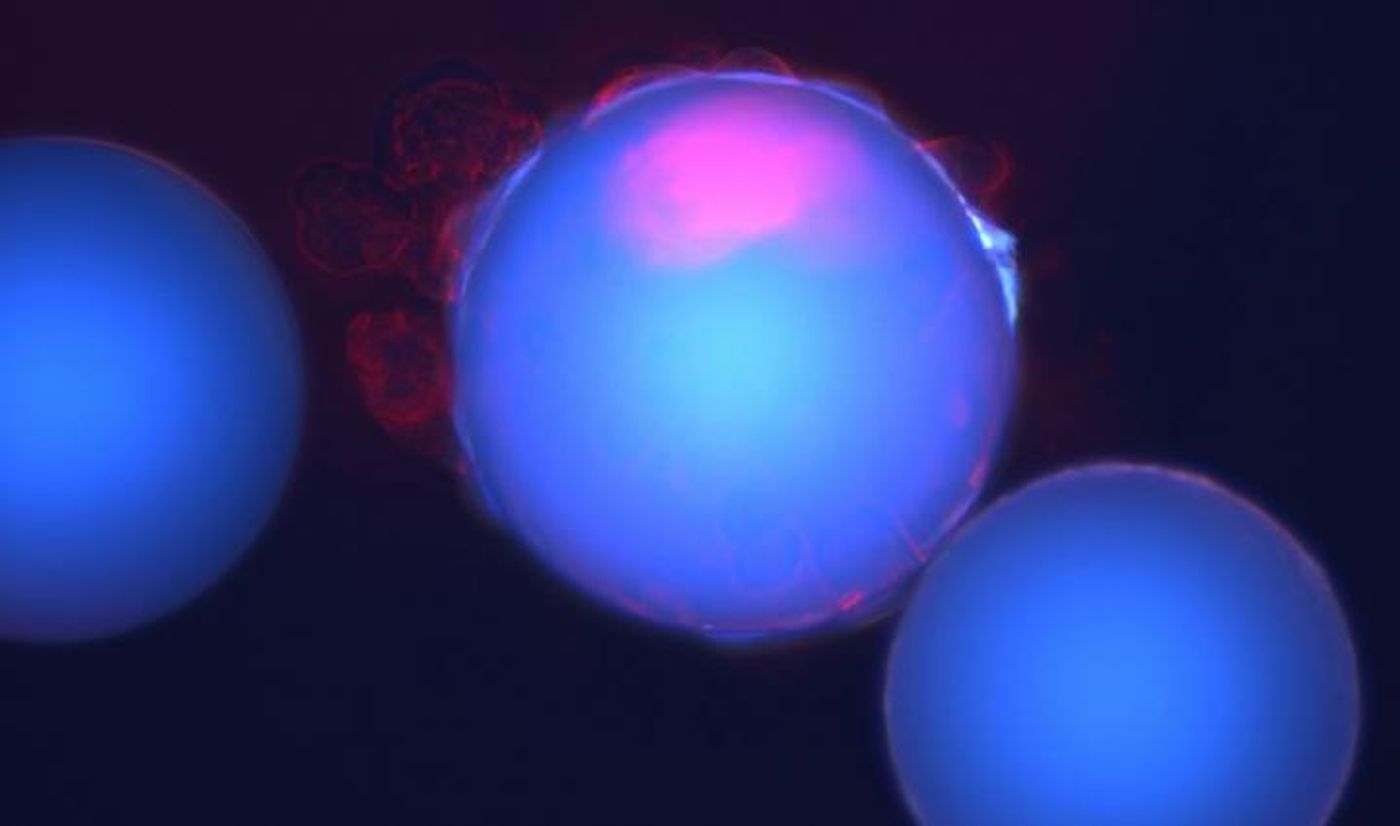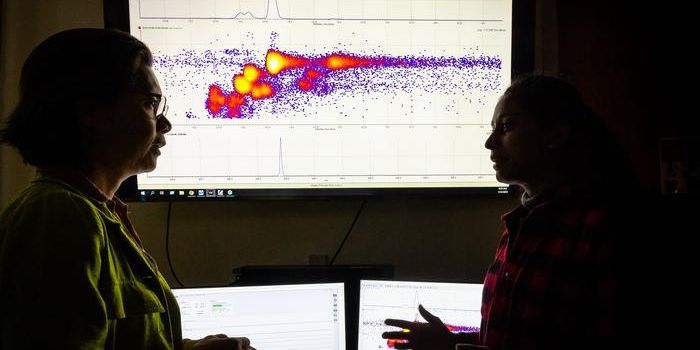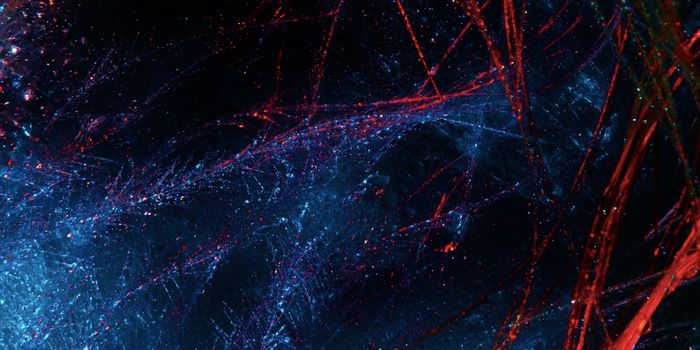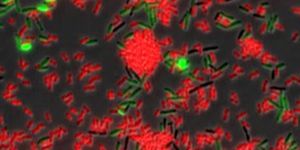New Technique Isolates Deadly Cancer Stem Cells
A new method has been developed by scientists at the University of Texas Dallas that isolates aggressive cells that are suspected to be to blame for metastasis in cancer. This research is a significant step forward in the creation of therapeutics that will target these deadly cells. The work required sifting through 40,000 chemical compounds to identify ones that would attach only to breast cancer cells, setting them apart from normal cells.
"Our lab is interested in finding ways to prevent cancer recurrence," said Dr. Jiyong Lee, assistant professor in the Department of Chemistry and Biochemistry in the School of Natural Sciences and Mathematics at UT Dallas. "The problem is, not all cancer cells are equal. There is a small population of cancer cells that is much more aggressive than others -- cancer stem cells," Lee continued. "These give rise to secondary tumors, even after the primary tumor has been successfully treated. The cells are notoriously difficult to find, let alone eradicate."
The researchers were able to identify five chemicals or ligands, which can bind to cancer stem cells specifically. Then the investigators honed in on one for further study. Their findings were reported online in Chemistry -- A European Journal.
Lee explained that while other tools have been used to separate normal and healthy cells, this is the first demonstration of a tool that separates cancerous and normal stem cells. "We have approached this problem in a novel way, and for the first time have isolated a ligand that binds specifically to cancer stem cells," he explained.
Stem cells are not a specific cell type, and instead, have a special ability to become any kind of cell. They can keep dividing and are self-renewing. Cancer stem cells are thought to be central to tumor growth and may be unspecialized, self-renewing until they become cancerous.
The majority of effective, primary tumor treatments don't affect cancer stem cells, which can then move around in the bloodstream. The immune system leaves them alone and they start tumors in new places - cancer metastasizes.
After metastasis, the secondary tumors might only grow years later; they are much hard to treat and are more aggressive. Lee and other scientists suspect that by eliminating a primary tumor's cancer stem cells, the renewable source of cancer cells is removed, which also halts the growth of new cancers. There aren't any clinically proven drugs aimed at cancer stem cells, he said. The challenge is to identify cancer stem cells, in order to kill them.
"Research in this field has been difficult because specifically targeting cancer stem cells has been hard," Lee said. "There are limited methods for even detecting these cells."
With a special screening method, the team found a ligand they thought only attached to cancer stem cells. Next, they exposed a mouse model to the ligand.
"In the cancer stem cell group, we got rapid tumor growth and bigger tumor size than we saw in the regular cancer cell group," Lee revealed. "We also saw even more cancer stem cell activity, which helps explain why these tumors were more aggressive.
"It was also exciting that we didn't see any tumor growth in the group that received the cancer cells from which the cancer stem cells had been removed. This data supports the notion that if you eliminate cancer stem cells, you get tumor degeneration."
Lee suggested that the ligands might be used in several ways, including diagnostics, therapeutics, and imaging.
"The simplest version of a therapeutic would be attaching a toxic agent to the ligand, which would then bind selectively to and kill cancer stem cells," Lee said. "It would also be beneficial to adapt these ligands into imaging agents, which would light up the cancer stem cells in a patient and help determine the best treatment options.
"The most immediate application, though, will likely be using our technique to isolate cancer stem cells for further study in the lab, as well as a drug development tool."
Sources: AAAS/Eurekalert! Via University of Texas at Dallas, Chemistry - A European Journal









